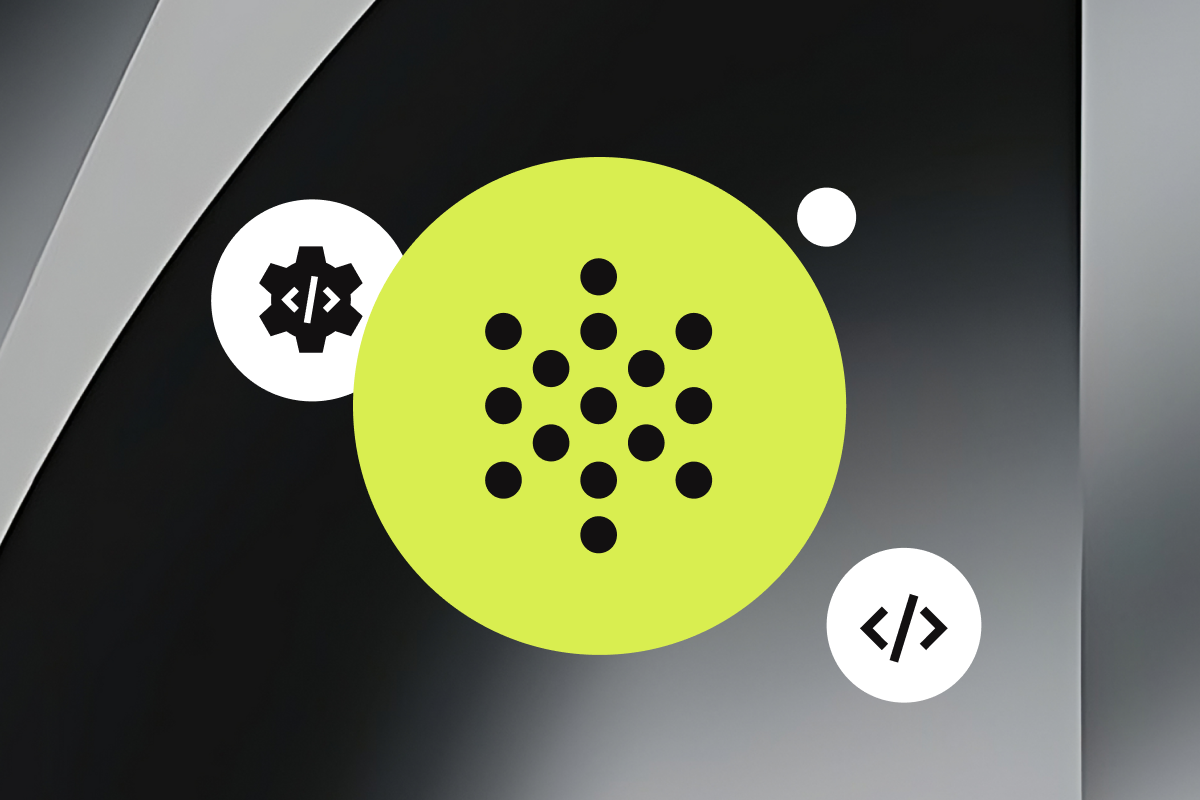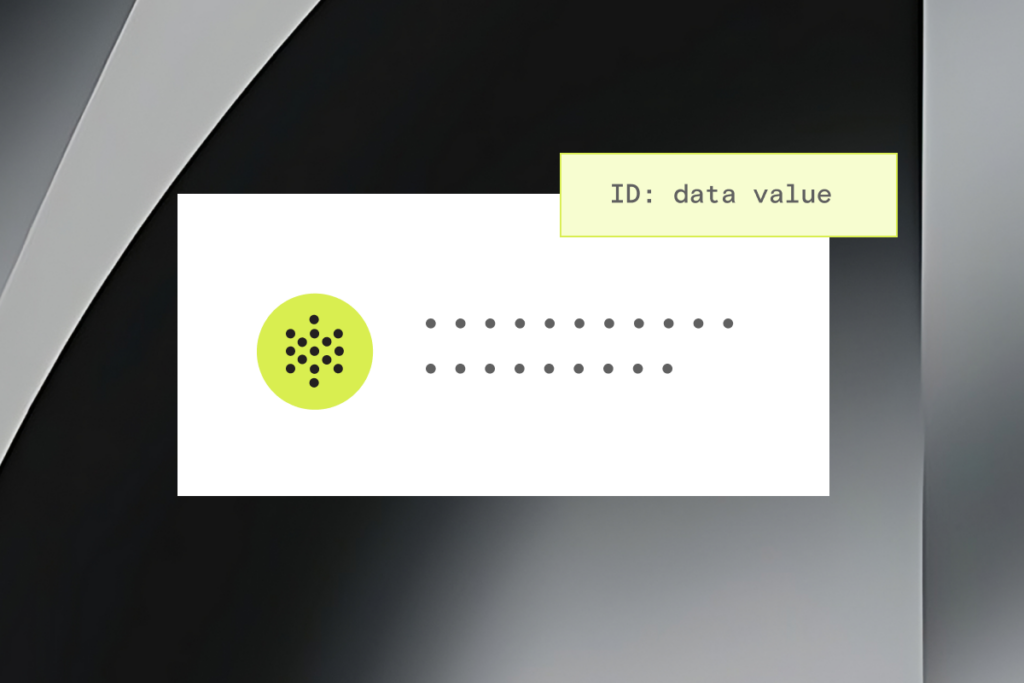Table of Contents
Your contact center is more than a hub for customer inquiries – it’s a goldmine of valuable data generated from thousands of customer conversations.
However, the value of the contact center is often overlooked. For years, it’s been viewed as a cost center.
As a contact center leader, you know the insights from customer feedback shouldn’t only impact your support strategy. They should also guide decisions in every department.
By effectively using conversational analytics, your contact center can turn customer insights into actionable information that benefits other areas of your business and increases revenue.
What is conversational analytics (and how does it work)?
Conversational analytics is the process of analyzing text or speech data from customer conversations with voice assistants, chatbots, or your customer service agents. This analysis helps identify trends and patterns in customer behavior, which can improve customer experience, operational efficiency, and decision-making across your organization.
Data collection
Collecting conversational data from multiple data sources has typically been a manual process. Agents summarize calls, categorize reasons for interactions, and update internal systems—all while managing a queue of waiting customers. Juggling multiple tasks can lead to inaccuracies in your data and add pressure on already busy agents.
With new conversational technologies, conversational data is automatically gathered from multiple sources, including phone call transcripts, social media interactions, call recordings, and chat logs.
Processing
A new generation of artificial intelligence (AI) voice assistants removes the manual work of conversational data collection. For a voice assistant to engage with customers effectively, voice data has to be converted into text using speech recognition technology and then processed using natural language processing (NLP) to understand the structure and context of the conversation. Every conversation must be transcribed to be processed by machine learning models.
These models categorize customer conversations based on intent to understand their meaning and determine the best response. As a result, voice assistants help your contact center understand customer needs by collecting these insights in a structured and usable way.
Analysis
When data is structured, analysis is much quicker. Your contact center can gain a clearer understanding of what your customers are trying to achieve on each call or the intent behind their request. This helps to identify common requests or issues, which can help improve your service offerings and customer support strategies.
What conversational analytics can do for you
There are a number of benefits of conversational analytics, from uncovering hidden customer trends and enhancing user experiences to driving smarter, data-backed decisions that can drive revenue.
1. Gain insights into satisfaction levels and combat churn ahead of time
The sooner you spot unhappy customers, the quicker you can address their concerns, prevent churn, and improve overall customer satisfaction. When customers encounter a problem in the customer journey, they are likely to pick up the phone, especially when other digital self-service channels fail.
Customers need the freedom to explain their problems in their own words if you’re going to extract any meaning from them. That’s why legacy solutions like keyword-triggered conversational IVRs create limited customer insights as customers trying to explain their problems are restricted to one-word answers.
AI-driven voice assistants give customers the freedom to speak naturally and explain their issues in as much detail as needed, giving you a much clearer view of the root cause of the issue.
For example, a telecom company notices an increase in billing-related complaints. Initial call analysis shows billing issues are common, but deeper investigation reveals the real problem: customers couldn’t easily access itemized bills online. By allowing customers to explain their issues in detail, the company identified the need to improve its online portal, reducing call volume and agent workload while better meeting customer needs.
2. Provide tailored agent training
When agents are busy taking customer calls, they don’t have time to note down areas where they need more support and training. Conversational analytics can pinpoint the calls highlighting inefficiencies or areas where additional training is needed.
Implementing AI voice assistants to handle repetitive, low-value calls for your contact center gives agents more time to develop their skills, become subject matter experts, and handle more complex, revenue-driving calls.
Empowering agents and enhancing efficiency for Atos
Atos worked with PolyAI to implement a voice assistant to handle consistently high call volume while delivering an engaging customer experience. With the voice assistant handling repetitive calls, Atos is using the time gained back to commit to strengthening agents’ skills and enhancing customer and colleague experiences.
PolyAI’s voice assistant reshapes customer care for Atos.
Read the case study3. Identify upselling and cross-selling opportunities
Your agents are a direct point of contact between your customers and your organization and have a real-time view of trends, product feedback, customer sentiment and customer preferences. However, when your departments operate in silos, valuable customer data is restricted, and important insights are lost.
While your support team’s primary focus is helping customers, they can also contribute to sales. By using data from conversational analytics, your agents can collaborate with sales teams to turn your contact center into a revenue generator. Identifying repeat calls that create upsell opportunities enables you to use AI to trigger upsell protocols based on customer behavior.
4. Develop more effective marketing strategies
Understanding what your customers want is essential, but traditional market research can be expensive and time-consuming. The insights you need to create impactful marketing campaigns are often already within your organization. By using conversational AI analytics, you can uncover these insights and share them with your marketing teams to refine strategies and ensure campaigns stay relevant.
Working with marketing, you can combine your conversational analytics with existing marketing insights to get a 360 view of your customers. Your marketing team no longer has to make constant data requests, and your contact center can better understand customer expectations to create more effective support processes.
5. Reduce operational costs by automating routine inquiries
Using a voice assistant to automate the low-value portion of calls, such as identification and verification or simple FAQs, can significantly reduce your average handle time (AHT) and give your contact center more capacity without negatively impacting your standard of customer service.
The structured data created by conversational AI analytics highlights which low-value calls drive the most volume and where you can automate more calls. With these repetitive calls handled by a voice assistant, your agent’s time is spent focusing on revenue-driving calls and creating better customer experiences.
In the example of conversational AI below, a PolyAI voice assistant handles a health insurance query:
How to get started with conversational analytics
Conversational analytics creates opportunities for enhancing customer interactions and driving better results. Let’s explore the key steps to help you capture valuable insights and transform raw data into actionable outcomes.
1. Define objectives and key metrics
Identify the specific goals your organization aims to achieve and establish clear key performance indicators (KPIs) based on your current data.
Determine what meaningful improvements in your metrics would look like for your company. For instance, you could target areas like high-volume routine calls that aren’t using your agents’ skills effectively and set objectives to improve these interactions.
2. Gather and prepare data
How you collect structured conversational data affects how quickly you can gain insights from customer interactions.
Third-party speech analytics: These tools automatically capture conversations, including key phrases, keywords, and sentiment. However, keep in mind that there may be a delay between gathering insights and taking action, as the data needs time to be processed.
AI voice assistants: Voice assistants can recognize caller intent, answer FAQs, complete transactions, and route calls to the right people. To do this, they transcribe spoken words into text, which is then processed by machine learning models. These models analyze and categorize the text to understand its meaning and determine the appropriate response.
As a result, voice assistants automatically convert unstructured data into structured data, eliminating the need for speech recognition projects or post-call processing.
3. Analyze data and insights
The time it takes to get your data and insights to a structured, usable state, is dependent on the approach you take to collecting it.
When you implement an AI voice assistant to handle customer calls, structured data is automatically generated and broken down into intents (what a caller wants), values (such as the number of people checking in, the date, or time), or specific conversational turns (customer responses to specific questions). Categorizing data this way helps with analyzing patterns in customer data, such as 12% of service requests are about returns, or 18% of bookings made on Saturdays are for outdoor seating.
4. Take action on insights
Insights are only valuable if you act on them. Use the patterns you’ve uncovered to make informed decisions that improve your products, services, and customer experience.
Before deploying a PolyAI voice assistant, this national restaurant chain was turning away customers based on the availability in a poorly configured booking system.
With the insights surfaced by the voice assistant, the restaurants could combine and re-organize tables and booking slots to better reflect demand. For example, configuring more tables for 2 on Valentine’s Day. This meant restaurants could accommodate more guests, generate more revenue, and reduce the number of customers they were unnecessarily turning away.
5. Monitor and optimize
Your conversational analytics should be reviewed regularly with stakeholders to guarantee that all departments of your business, including the contact center, are getting the most from your data. You can use this as an opportunity to understand which calls drive the most revenue opportunities, and determine where you can save costs by automating more calls.
Get the guide
Knowledge sharing for contact center leaders: Boost your reputation across departments
Download nowIncrease sales and customer loyalty with PolyAI’s data-driven conversational analytics
With a PolyAI voice assistant your organization can embrace a collaborative approach that not only enhances customer experience and but empowers every department to make informed, data-driven decisions that contribute to generating business revenue and stronger customer relationships.
Improve agent performance with data-driven feedback
With PolyAI, call centers can use data-driven feedback to evaluate agent performance, identify areas for improvement, and provide targeted training. By implementing a voice assistant, your contact center can handle consistently high call volume while delivering an engaging customer experience. With the voice assistant handling repetitive calls, your organizations can use the time gained back to commit to strengthening agents’ skills and enhancing customer and colleague experiences.
Reduce call resolution time with predictive analytics
PolyAI’s analytics tools help you to gain insight into your customer conversations with detailed information on why your customers are calling and what they’re saying. With PolyAI’s conversational data and insights, you can understand customers in their own words, anticipate customer needs, find answers with generative AI, and streamline the resolution process.
Boost customer retention with personalized interactions
PolyAI enables call centers to deliver personalized interactions by analyzing customer data and preferences, enhancing customer loyalty and retention.
Drive business growth with actionable insights
PolyAI delivers actionable insights from customer interactions, helping your call center to make informed decisions that drive revenue and improve overall performance. With customizable dashboards, you can easily access the metrics that are important to your business, like booking type, cancellation reasons, special requests, and more, for valuable business intelligence.
Discover how PolyAI can help your company launch new customer experiences at scale, improve loyalty and retention, reduce call center costs, and prove ROI within months.
Conversational analytics FAQs
Conversational analytics benefits several industries by improving customer interactions and operational efficiency:
- Customer Service: Enhances support by identifying common issues and improving response times.
- Retail & E-commerce: Helps personalize experiences by analyzing buying patterns and customer preferences.
- Healthcare: Improves patient care by identifying trends in patient concerns and streamlining communication.
- Financial Services: Helps provide personalized services, identify opportunities for cross-selling, and improve customer loyalty.
- Telecommunications: Identifies service issues and improves customer retention.
- Travel & Hospitality: Optimizes bookings and enhances customer satisfaction.
- Marketing: Provides insights into consumer behavior for targeted campaigns.
Conversational analytics helps contact centers gain actionable insights into customer behavior, streamline operations, improve the customer experience, and guide decision-making based on real-time data.It allows businesses to identify common issues, remove friction in the customer journey, and enhance product offerings by analyzing trends and customer feedback.
The most common conversational analytics metrics include:
- Customer sentiment
- Intent recognition accuracy
- Average response time
- Conversation volume
- Resolution rate
- Customer Satisfaction Scores (CSAT)
The costs of implementing conversational analytics include software licensing, integration with existing systems, data storage, and potential expenses for training, customization, and ongoing maintenance.




